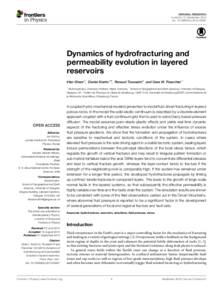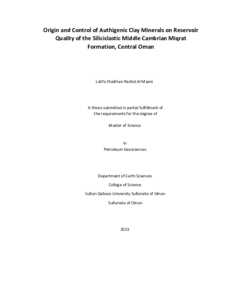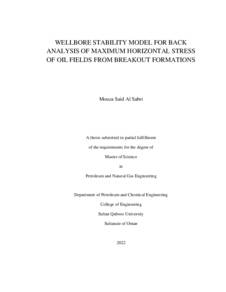Document
Dynamics of hydrofracturing and permeability evolution in layered reservoirs.
Identifier
DOI: 10.3389/fphy.2015.00067
Contributors
Publisher
Frontiers Media.
Gregorian
2015-09
Language
English
English abstract
A coupled hydro-mechanical model is presented to model fluid driven fracturing in layered porous rocks. In the model the solid elastic continuum is described by a discrete element approach coupled with a fluid continuum grid that is used to solve Darcy based pressure diffusion. The model assumes poro-elasto-plastic effects and yields real time dynamic aspects of the fracturing and effective stress evolution under the influence of excess fluid pressure gradients. We show that the formation and propagation of hydrofractures are sensitive to mechanical and tectonic conditions of the system. In cases where elevated fluid pressure is the sole driving agent in a stable tectonic system, sealing layers induce permutations between the principal directions of the local stress tensor, which regulate the growth of vertical fractures and may result in irregular pattern formation or sub-horizontal failure below the seal. Stiffer layers tend to concentrate differential stresses and lead to vertical fracture growth, whereas the layer-contact tends to fracture if the strength of the neighboring rock is comparably high. If the system has remained under extension for a longer time period, the developed hydrofractures propagate by linking up confined tensile fractures in competent layers. This leads to the growth of large-scale normal faults in the layered systems, so that subsequently the effective permeability is highly variable over time and the faults drain the system. The simulation results are shown to be consistent with some of the field observations carried out in the Oman Mountains, where abnormal fluid pressure is reported to be a significant factor in the development of several generations of local and regional fracture and fault sets.
Member of
ISSN
2296-424X
Resource URL
Category
Journal articles



